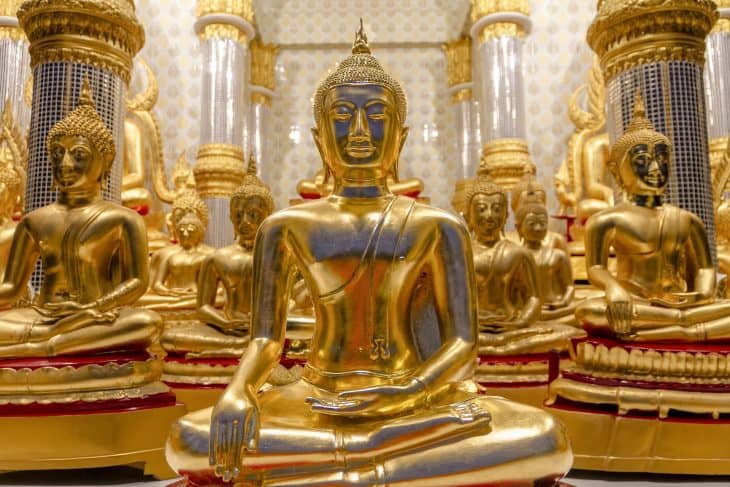
Have you wondered how Buddhist monks keep their vows despite the ever-advancing technological comfort that the world can easily provide? Like how can a person who has an option to choose to live comfortably in the city prefer staying in the monasteries and just meditate? The answer for that should come from those people who follow the laws and teachings of Buddha. That’s why we have here a list of Buddhism facts that might help you get a deeper understanding of their religion.
To begin, Buddhism teaches its followers to detach themselves and commit to the vows that will provide them their own path to enlightenment. All Buddhists do not desire heaven, instead, they want to achieve Nirvana. Becoming a follower of Buddha requires a 360-degree lifestyle change, but by observing it properly, one can end suffering and attain happiness.
- Buddhism is an Indian religion based on a series of original teachings attributed to Gautama Buddha.
- It originated in ancient India as a Sramana tradition sometime between the 6th and 4th centuries BCE, spreading through much of Asia.
- Buddhism has over 520 million followers or over 7 percent of the global population.
- Buddhist is a term for a person who follows the teachings of Buddha.
- The goal of Buddhism is to overcome suffering caused by desire and ignorance of reality’s true nature.
- Buddhist schools vary in their interpretation of the path to liberation.
- Widely observed practices include meditation, observance of moral precepts, monasticism, and taking refuge in Buddha.
- There are two major extant branches of Buddhism namely; Theravāda (The School of the Elders) and Mahāyāna (The Great Vehicle).
- Theravada has a widespread following in Sri Lanka and in Southeast Asia, such as Cambodia, Laos, Myanmar, and Thailand.
- While Mahayana is present in countries like Nepal, Malaysia, Bhutan, China, Japan, Korea, Vietnam, and Taiwan.
- Countries of the Himalayan region, Mongolia, and Kalmykia are practicing the Vajrayana.
- Tibetan Buddhism has preserved the Vajrayana teachings of 8th-century India.
- Buddhism was also present in Afghanistan and Pakistan in the early times.
- Buddhism is an Indian religion founded on the teachings of Gautama Buddha, who lived c. 5th to 4th century BCE.
- Early texts have the Buddha’s family name as Gautama. His social background and life details are difficult to prove, and the precise dates are uncertain.
- Buddha himself rejected the existence of a creator deity, but the notion of divinity is not incompatible with his teachings.
- It also had a foothold to some extent in other places including the Philippines, the Maldives, and Uzbekistan.
- Buddhism is not a unified religion.
- The Bodhi Tree is the main sacred object of Buddhism
- There are four main pilgrimage sites and eight great places in Buddhism.
Was this page helpful?
Our commitment to delivering trustworthy and engaging content is at the heart of what we do. Each fact on our site is contributed by real users like you, bringing a wealth of diverse insights and information. To ensure the highest standards of accuracy and reliability, our dedicated editors meticulously review each submission. This process guarantees that the facts we share are not only fascinating but also credible. Trust in our commitment to quality and authenticity as you explore and learn with us.
